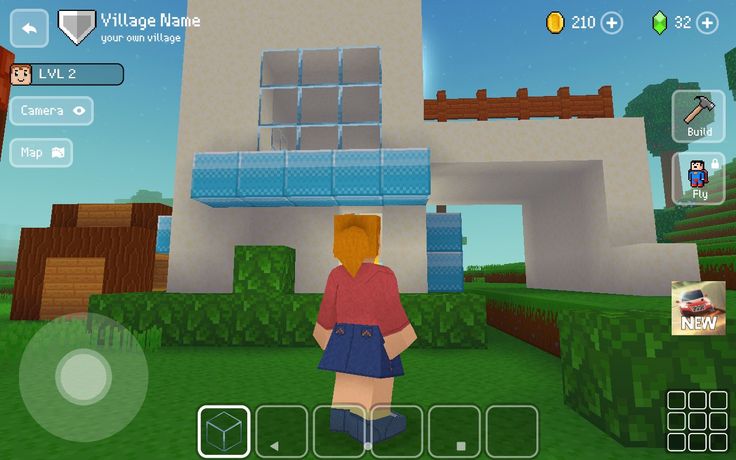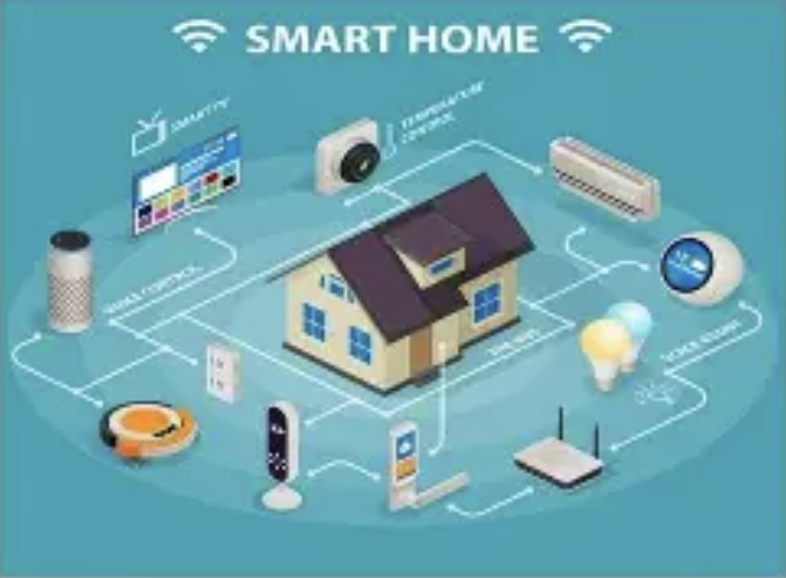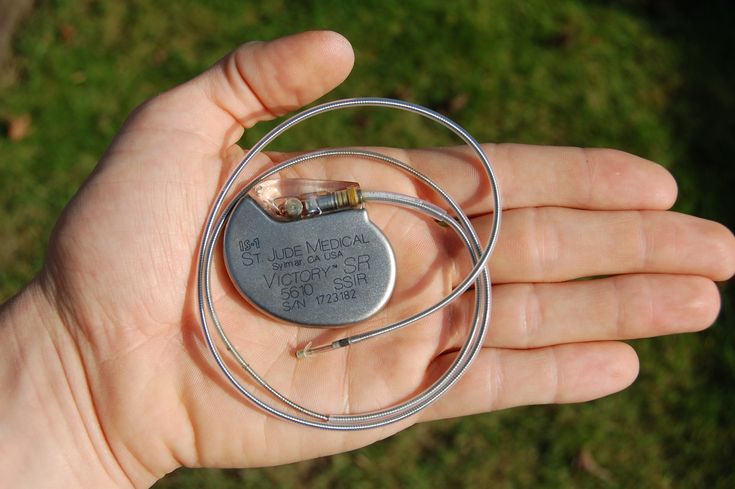The "ring" on your finger is redefining your "touch"
Have you ever thought that the seemingly ordinary ring you wear on your finger will one day become a bridge between you and the outside digital world?
What we are referring to here is not those rings that can emit lasers in science fiction movies, but a smaller, smarter, more technological and more subversive existence-smart rings. It is quietly changing our understanding of "touch" in a way that you have never noticed.
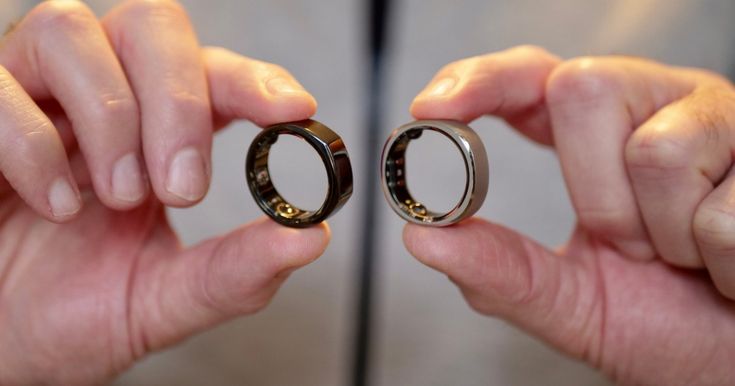
For a long time, our interaction with the digital world mainly depends on vision and hearing. We look at the screen, listen to the sound, and send instructions by tapping the keyboard or sliding the touch screen. But our sense of touch, the most primitive and intuitive sense, is rarely fully utilized. The emergence of smart rings is filling this gap.
This seemingly simple device is actually a highly integrated "microcomputer". It contains all kinds of tiny sensors, such as heart rate sensor, temperature sensor, even gyroscope and accelerometer. These sensors can monitor all kinds of biological signals of your body in real time and sense the tiny movements of your fingers.
The application of this technology is reshaping our daily life. For example, in the field of health monitoring, smart rings can monitor your heart rate, sleep quality, blood oxygen saturation and other key data around the clock. It is not as bulky as a smart watch, and it can be worn more comfortably, even when sleeping. When your heart rate is abnormal or your sleep quality is poor, the ring will remind you through a slight vibration, just like a close-fitting health housekeeper.
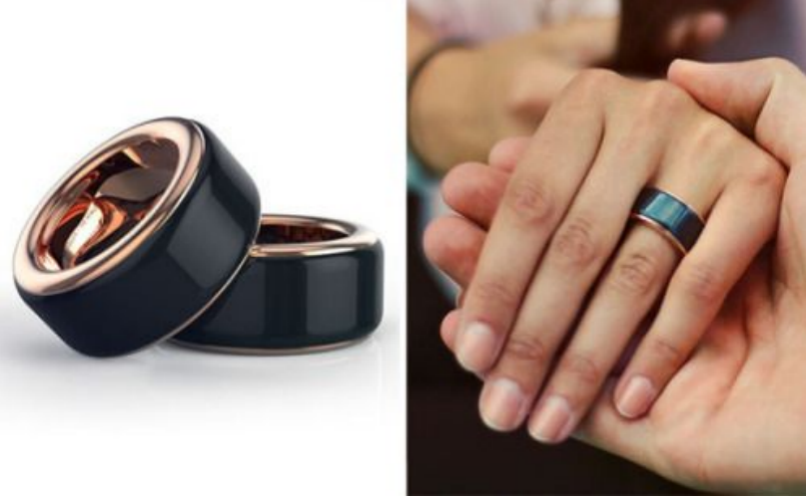
But what is more imaginative is that smart rings are becoming a brand-new way of human-computer interaction. When you wear a smart ring, you can control other devices by gestures. For example, you can switch the channels of smart TV or adjust the volume of smart stereo just by waving your finger gently in the air. This interactive way is more intuitive and natural than the traditional remote control, which makes your fingers become a "magic wand" to communicate with the surrounding environment.
In the future, we may even see smart rings play a key role in the fields of virtual reality (VR) and augmented reality (AR). When you wear a VR helmet, your hand movements can be accurately tracked by the ring, allowing you to perform more delicate operations in the virtual world, such as picking up a virtual cup or playing a virtual piano. The addition of this "touch" will make the virtual experience more real and immersive.
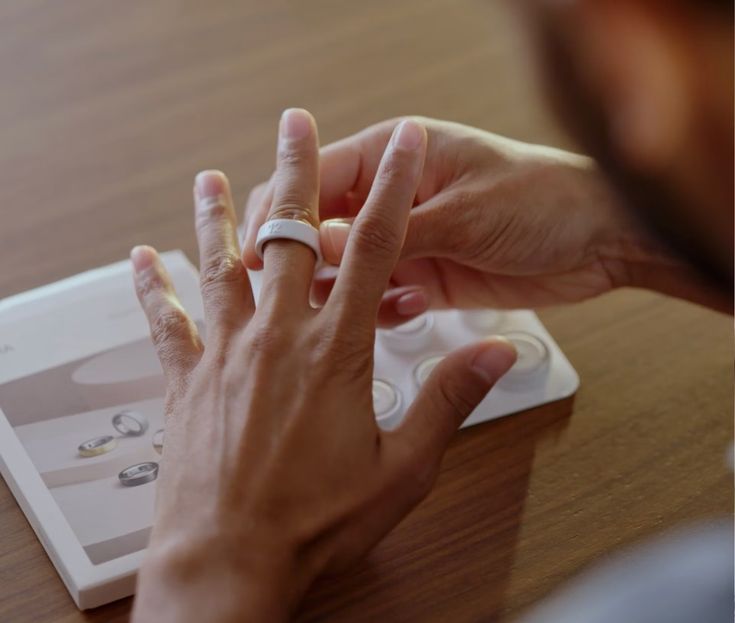
So, the next time you glance at that ring on your finger, ponder its significance. It could be more than just a decorative piece. It may be a "personal doctor" who monitors your health at any time, a "translator" who can talk to your surroundings, or even a "magic prop" who can let you "touch" the reality in the virtual world. It is redefining our "touch" in a way we have never imagined.
(Writer:Dirick)
